I recently dove into Warsim: The Realm of Aslona. As a meticulous gamer, I inspected every corner of this text‑based kingdom simulator from developer‑publisher Huw Millward. Warsim delivers procedural wonders, charming ASCII graphics, and deep strategic gameplay that truly stands out.
Overall Impression
I loved Warsim from the start. At first glance, the ASCII visuals look simple, but they veil a vibrant, complex world. Each region teems with unique races, dynamic events, and countless choices—so every campaign feels like your own epic. While some players share funny tales of easily quashed rebellions, those lighthearted moments sit atop a solid layer of strategic depth and intricate mechanics, ensuring every decision carries weight.
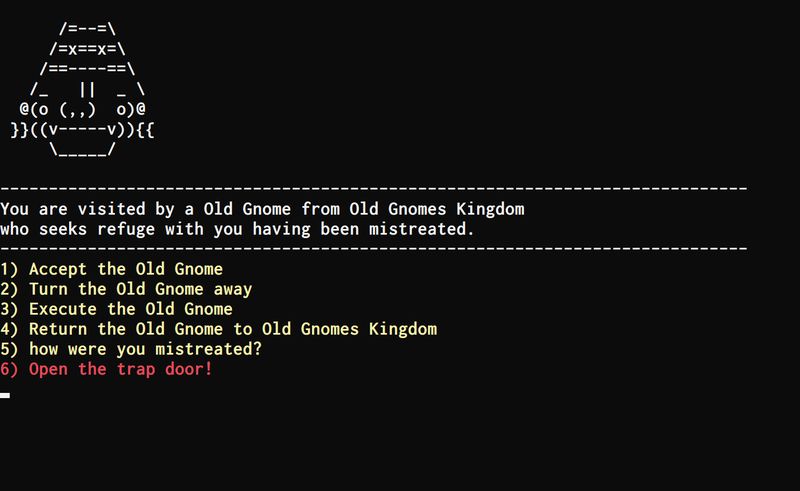
Gameplay Mechanics
I jumped in and immediately felt how much every decision matters. Balancing kingdom resources, recruiting varied armies, and waging multi‑turn battles offered a perfect mix of strategy and creativity. The game shines when it blends tactical planning with narrative twists. For example, I thrilled when my undead forces won a monster fight—not just for the win itself, but for the satisfaction of building a strategy to pull it off. This dynamic interplay keeps gameplay fresh and deeply interactive.
Player Experience
Community feedback highlights Warsim’s charm and playful tone. One fan praised the pure text format and Millward’s creativity, while another shared a hilarious conquest story filled with tongue‑in‑cheek humor. I found those comments rang true in my own playthrough. Whether I juggled tight resource budgets or brokered tense diplomatic standoffs, the game kept its charm—and sometimes tested my patience with its text‑heavy interface. Yet that small trade‑off pays off in strategic depth and replay value.
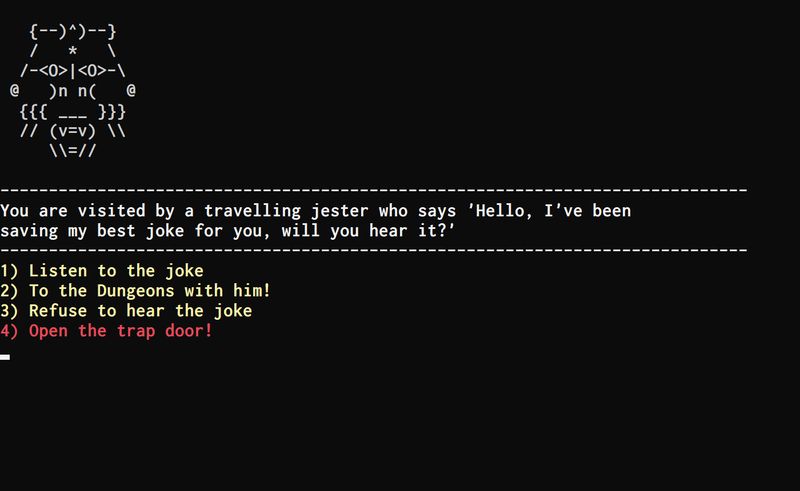
Story and Characters
Delving into the story and characters, I was impressed by the intricate world-building of Warsim. The narrative unfolds in unexpected and delightful ways. Every choice leads to a cascade of narrative developments that paint a vivid picture of the realm. The characters, though rendered in simple ASCII, come alive through the narrative’s context and clever humor. I encountered kings, rebels, and mysterious entities whose motivations could be both comical and tragic, depending on the moment. At times, I found the character interactions thoroughly engaging, evoking a playful sense of camaraderie that can quickly transform into intense political intrigue. The narrative is not driven by preordained paths; instead, it grows from the consequences of my decisions. I appreciate how Warsim champions player agency. The result is a robust narrative structure that transforms every playthrough into a unique epic.
Visuals and Graphics
The visuals of Warsim might seem rudimentary at first blush. Its ASCII graphics strip away any superfluous decoration to reveal a design that many modern titles can only aspire to emulate in spirit. I was initially skeptical of a text-based presentation in an era dominated by hyper-realistic visuals. However, upon deeper interaction, I discovered that the minimalist style reinforces the game’s strategic core. The visuals are clear and efficient, and they guide the player without distraction. Every character, territory, and event is rendered with clarity. The artistic choice is wise—it spares the player irrelevant distractions and encourages a focus on gameplay and narrative. The result is an atmosphere that is both intimate and broad, inviting seasoned strategists and newcomers alike.
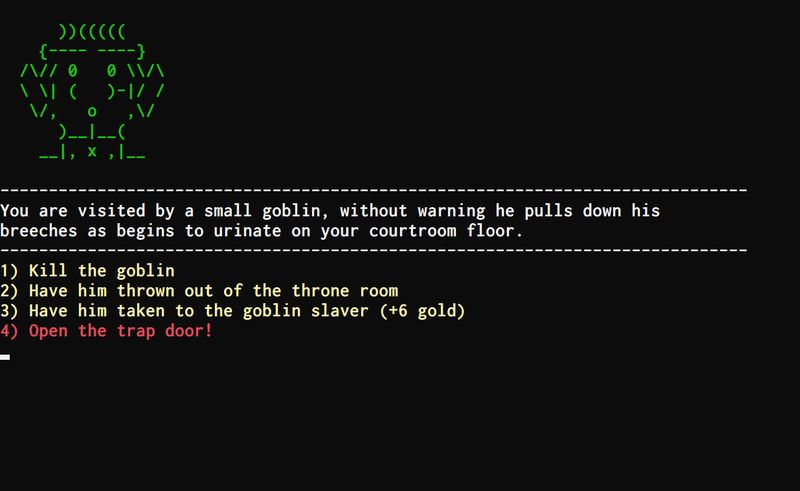
Sound and Music
Sound and music in Warsim require a nuanced discussion. The game does not boast an orchestral soundtrack or lavish voice acting; rather, it imparts its mood through subtle sound effects and minimalistic audio cues. Far from detracting from the experience, these sounds serve as a gentle reminder of the game’s retro aesthetic. I noticed that each action, from the clashing of armies to the rustle of paper as diplomatic messages arrive, is accentuated by sound cues that feel wholly appropriate for a text-based sim. The understated approach means that audio never overwhelms the player. Instead, it enhances immersion at a just-right volume, contributing to the game’s overall charm.
Difficulty and Replayability
A critical aspect of any game in this genre comes down to difficulty and replayability. I found Warsim challenging in a gratifying manner. The game requires the player to pay close attention to minute details, strategize on multiple fronts, and adapt to an ever-changing political landscape. Each turn feels impactful. I remember moments when strategic overhauls became essential as rebellions flared or unforeseen alliances shifted the power balance. The game’s structure encourages multiple playthroughs. My initial run through the realm only scratched the surface of its depth, and each subsequent campaign offered unique experiences due to random generation and emergent storytelling. Replayability is high, and I am certain that no two journeys through the realm of Aslona will mirror one another. This quality ensures long-term engagement and immense value for the dedicated completionist.
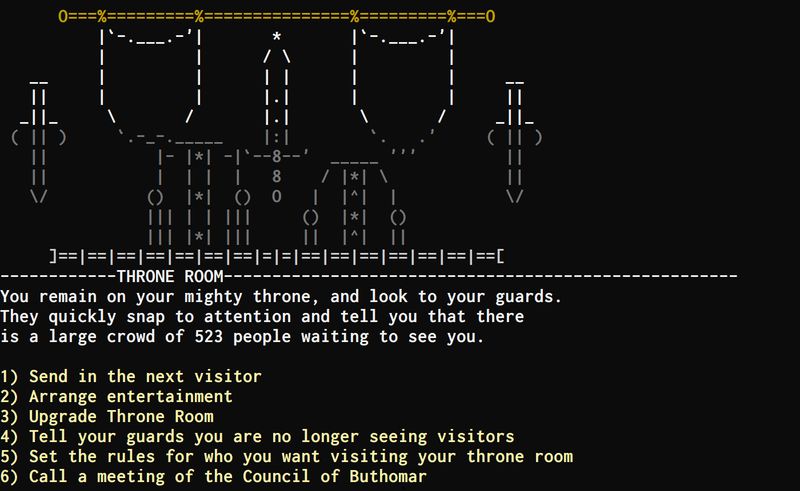
Technology and Design
Technology and design in Warsim also deserve mention for their ingenuity. Huw Millward appears to have intentionally designed a game where every element—be it the ASCII interface or the myriad event triggers—serves a direct purpose. This is not a game of superficial aesthetics. Everything works together to create an experience that is both challenging and endearing. I appreciate the designer’s commitment to ensuring that even side quests, minor events, and random encounters are filled with surprises and thoughtful design. It is a rare treat when a game invites the player to dig deeper rather than simply skim the surface.
Final Thoughts
After a comprehensive analysis of Warsim: The Realm of Aslona, I assign it a solid 4.5 out of 5 stars. My review reflects a deep appreciation for its rich game mechanics, layered narrative, and the surprising charm of its ASCII visuals. Though the text-based presentation might deter some players, for those who love the idea of a deep, player-driven simulation, Warsim is a must-play title. It stands as a reminder that gameplay depth and robust strategic mechanics can shine through even the simplest visual presentation.
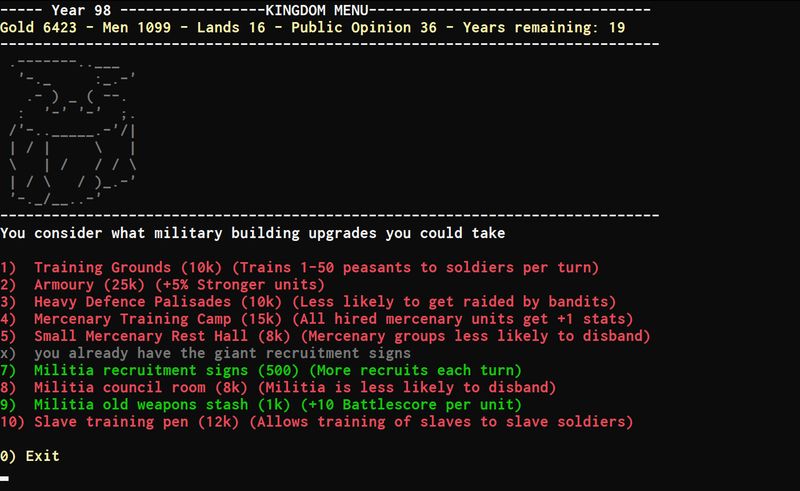
Conclusion
Warsim successfully marries complexity with a minimalist style. It offers a satisfying, challenging experience that rewards careful planning and exploring every nook of a vast kingdom. Every playthrough is fresh and unpredictable, ensuring that this title will linger in my library and often grace my play sessions. I encourage any gamer who values deep mechanics and inventive narratives to give Warsim: The Realm of Aslona a thorough examination. In my journey, not a single moment was wasted, and every step felt meaningful.

